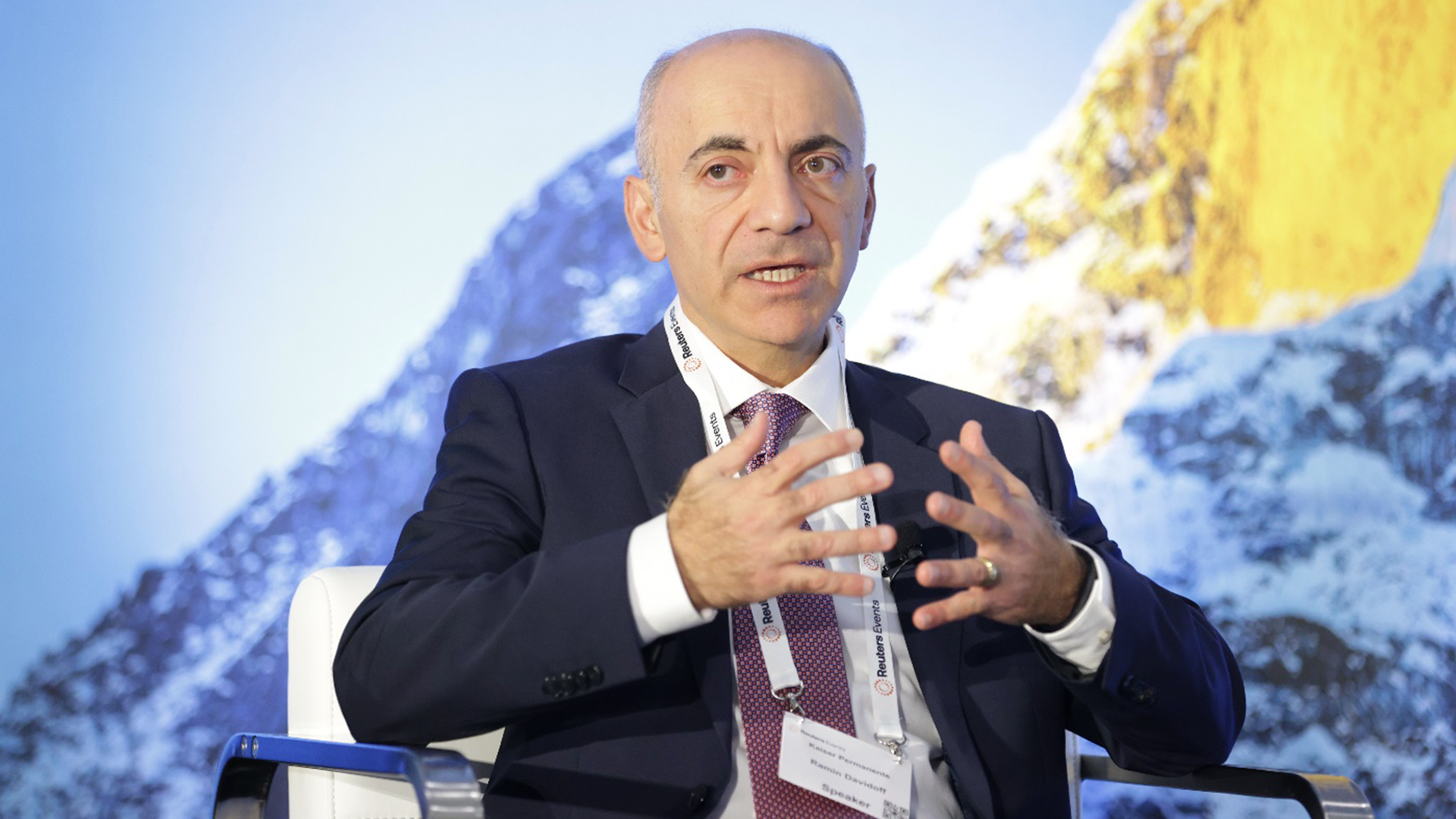Co-CEO of The Permanente Federation recognized for prioritizing physician wellness, improving care quality, and driving advancements in AI.
Adverse Childhood Experiences, Health Care Outcomes, and Costs
Call for Societal Approach to Intervening Early in Child’s Life to Prevent Chronic Conditions Later

In late April, I was a panelist at the Virginia Garcia 10th Annual Health Care Symposium in Portland, Ore. The topic, “Toxic Stress and the Role of Health Care,” is and must be a critical component of our societal approach to improving outcomes in health care, bending the cost curve and mindful resource stewardship of the limited dollars we have.
If you knew that nearly 1 in 5 Americans had a condition that decreased his or her life expectancy by 20 years, would we act?
If you knew we could intervene to stop or slow the progression of that condition, and change or improve the outcome, how quickly would we act and what resources would we put to bear to intervene? In my home state of Oregon, 18 percent of children live with and face four or more Adverse Childhood Experiences (ACEs) — scoring of which is from three categories: abuse, neglect, and household dysfunction (domestic violence, mental health illness in the family, loss of a parent, etc). Based on this score, we already know and can predict that these children are four times more likely to suffer from depression in their lifetimes, eight times more likely to become alcoholics, and 20 times more likely to use IV drugs, just to name a few chronic conditions and illness they will face as adults.
The original ACE study from 1995-1997 by the Centers for Disease Control and Prevention and Kaiser Permanente showed that the greater the number of Adverse Childhood Experiences, the more likely and the greater the burden of chronic illnesses – from diabetes, cancer, heart disease, chronic lung disease, substance use disorder, mental health problems, and so forth. The results of this study have since been validated in more than 1,500 peer-reviewed studies.
Effects of ‘Toxic Stress’
The constant, persistent toxic level of stress from Adverse Childhood Experiences changes the mind, body, and spirit of the child and sets him or her up for chronic illness. As an internist, taking care of older adults with multiple chronic conditions and complex needs, what I do is “treatment” or “rescue care” for many. But, given what we know about ACEs, this is a tremendous opportunity to look upstream – much earlier in people’s lives, as children – where we can intervene and prevent chronic illness.
“Rewiring” children’s brains (and bodies) is much more likely than once they reach adulthood. For example, having one caring, consistent adult involved in a child’s life has been shown to mitigate some of the “toxic stress” that the child is living with and helps toward better health and outcomes. For the more successful programs that help children and their families, it’s been cited that a $1 investment in such programs can yield $10 in savings in upstream costs. Nurse-Family Partnership, for example, has a 6 to 1 ROI for intervention with high-risk pregnant women – even before the child is born.
Our mindset, as a society, must shift. We all need more mainstream education and awareness of ACEs. Our approach, if we’re to address ACEs on a population basis, on a grander impactful scale, requires systems approach, collaboration, and coordination — across organizations, policies, and lawmakers, beyond local communities to statewide and nationwide. Data underpins this to have common knowledge of the patients and monitoring, both for interventions and for outcomes.
In Kaiser Permanente Northwest, we are looking at developing a “health complexity score,” based on the composite of “medical complexity” plus “social complexity” for our Medicaid patients, working with the Oregon Health Authority to paint a more complete picture. Additionally, with predictive analytics, we can ultimately identify the highest-risk children and the most impactful interventions, to begin to tailor, focus, and, eventually provide the resources for those interventions.
Early and focused intervention. Mindful resource stewardship. Thus, improve outcomes, prevent chronic illnesses. And, so, bend the cost curve.
Clearly, a challenging and complex problem. It starts with knowing, knowing more, while we are also doing. And we’ll need to do more. But “do” we must. As the late First Lady Barbara Bush said: “your success as a family … our success as a nation depends not on what happens in the White House but in what happens in our homes.” In every home.
Imelda Dacones, MD, is president and CEO of Northwest Permanente, which provides care to more than 604,000 Kaiser Permanente patients in Oregon and South Washington state.


